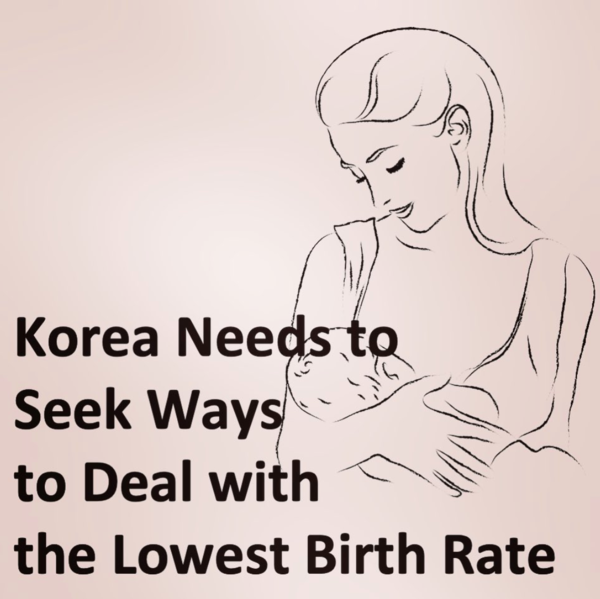Photologue @theuostimes7
On 11 January 2021, the Statistics Korea announced that South Korea's total fertility rate in 2020 was 84 percent. The figure did not reflect the COVID-19 situation, which was fewer marriages and fewer births than before. Therefore, the total fertility rate is expected to worsen to around 7 percent in 2021.
The biggest problem with the decline of the birth rate is that it causes a decrease in the working-age population. The number of elderly people to support is increasing presently. Therefore, the number of productive people who have to support the elderly will decrease. Also, the decline in the working-age population also negatively affects national economic growth.
The main cause for the low birth rate of Korea is the decrease in the marriage rate. Most women have children after marriage, so the decrease in the marriage rate causes a decline in birth. The marriage rate and birth rate are still decreasing because young generations do not want to get married for several reasons. According to a survey conducted by The UOS Times in 2017, 51 percent of the University of Seoul students said they did not want to get married. Many subjects, especially female students, chose ‘Because nurturing children is burdensome’ as one of the reasons for their reluctance to marry. Most students said they avoid marriage because they want to get personal freedom.
Due to the social atmosphere in which marriage leads to childbirth, the government has implemented policies such as supporting housing expenses and paying childbirth grants for newly married couples. Also, the government conducts policies to improve awareness of marriage. However, the policies seemed to have a tiny impact on the younger generation’s perception of marriage. It is time to think about what policies can increase the birth rate realistically.


